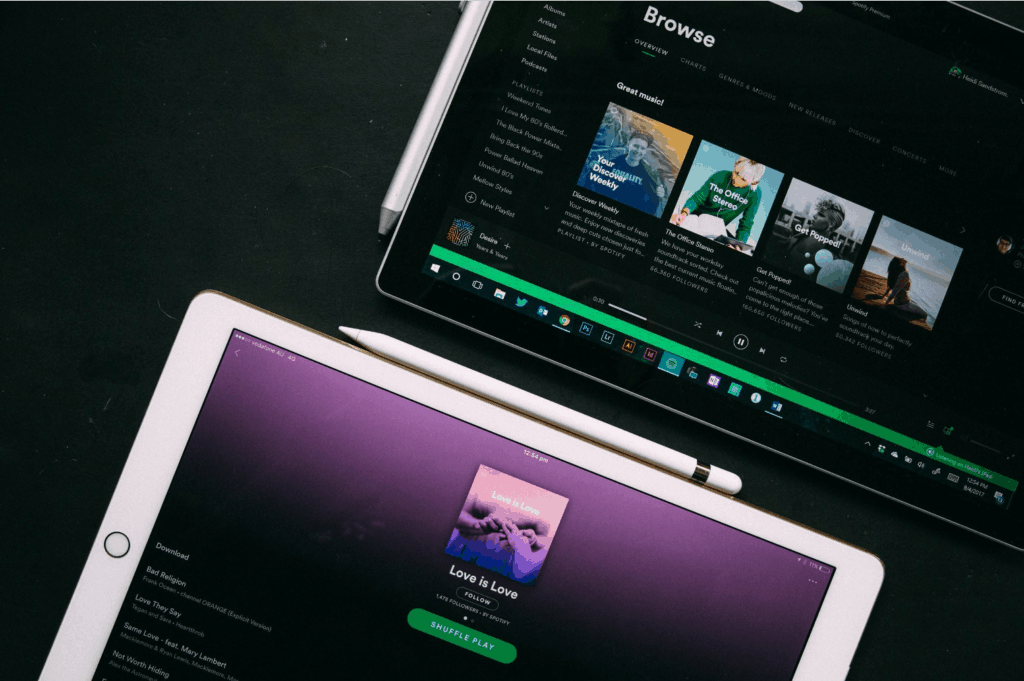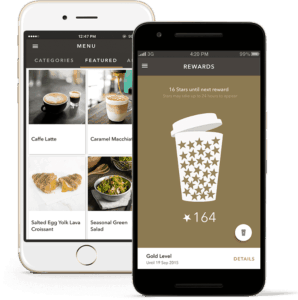Imagine trying to have a conversation with someone and having them walk away just after a few seconds. This is exactly what marketers have to deal with when engaging consumers.
Holding concentration in the digital world has grown increasingly difficult. In fact, the average attention span has decreased from 12 seconds in 2000 to 8 seconds in 2013, which is one second shorter than a goldfish (Source: Medium).

With the average attention span dwindling into the single digits, marketers are bound to be concerned with how to make content appealing enough to grasp consumer’s elusive attention.
In addition to shorter attention spans, marketers also have to fight against the oversaturation of content in the digital space. In a digital world, limiting factors like physical ad space and cost (to some extent) are not issues anymore. This has led to the explosion of content online and the increasing amount of content consumers are exposed to everyday.
Attention Is Scarce
It has been shown that users leave web pages in a span of 10 to 20 seconds, which explains the ever-increasing bounce rates on sites. This leaves marketers with a fraction of a minute to impart a brand’s value proposition to consumers, in the hopes that it entices them to stay.
Similarly, when looking at the lifespan of daily trending Twitter hashtags, a study from the Technical University of Denmark found that their lifespan decreased from 17.5 hours in 2013 to 11.9 hours in 2016.
The same study suggested a link between narrowing attention spans and the growing amount of content being presented to consumers. It showed that while topics became popular more rapidly, the interest in them faded away at a similarly increased rate. This causes a reduced span of a collective attention towards individual topics.
What Is Still Keeping Consumers Engaged?
However, consumers are still spending a large amount of time on the internet. According to a 2019 Digital report, people spend an average of 6 hours and 49 minutes on the internet daily—that’s more than a quarter of our day! So what content are consumers still paying attention to online and how exactly can brands tap into that?
Personalised Content

Personalised content is the new norm and is even expected from brands nowadays. Content personalisation is the targeted delivery of content to a consumer due to a specific set of criteria. Personalised content is also known as dynamic content because it updates in real-time to ensure a customised user experience.
A brand that is known for its personalisation efforts is Spotify. In fact, it is one of its pillars.

Spotify mainly incorporates personalisation into your music streaming experience through its Discover Weekly playlist that it curates for users. Every Discover Weekly playlist is different and uses machine-learning to drive effective personalisation in order to help its audiences navigate more than 40 million songs. It also helps expand your recommendations over time by combining personal listening data with data from users that have similar listening taste profiles.
The popularity of Discover Weekly playlists isn’t just about discovering new artists, it’s about simplifying your choice and reducing the hassle of . This high level of individual user personalisation is what ensures that listeners keep coming back for more. And the evidence supports this: Spotify’s streaming data shows that users of Discover Weekly – which delivers two hours of custom made music recommendations – stream more than twice as long as non-Discovery Weekly users.
Ephemeral Content
Merriam-Webster defines “ephemeral” as “lasting a very short time.” Ephemeral content is content that essentially has a very short lifespan, which perfectly matches decreasing attention spans. Ephemeral content comes in many different forms of rich media that is usually only accessible for 24 hours. This may come in the form of stories on Snapchat, Facebook and Instagram.
One brand that leverages on ephemeral content is National Geographic.

In addition to using interactive stickers from Instagram to encourage engagement from their audience, they also breakdown their long-form articles and documentaries to provide bite-sized versions on their Instagram stories like the one pictured above.
These stories not only adapt to the way we consume content now, but hacks into the way we use social media. These short-lived, sometimes causal snippets don’t aim to make a huge impact or to outperform each other, but serve to make a brand top-of-mind.
They are easily digestible, complying with our generally short attention spans. They direct the focus to the present moment, knowing that the best way to grab attention is to be consistent and to leverage on FOMO—also known as the fear of missing out.
Omni-Channel Marketing

While this is not a specific content type, it is something that all brands should implement into their marketing strategy.
Omni-channel marketing refers to having multiple marketing streams, whether it be using different platforms to spread your brand message or offering your audience multiple touchpoints to connect with your brand (Image: Omnisend). This type of marketing extends throughout the consumer journey from discovery to purchase to post-purchase.
More than just having multiple channels, omni-channel boasts the idea of using all your channels to create a unified experience for your consumer. This can include both traditional and digital channels or in-store and online experiences. Omni-channel marketing creates a seamless message that adapts to your consumer based on their behaviour, providing the ultimate personalised experience.
Campaigns using three channels or more were shown to earn a 250% higher purchase rate and have a 90% higher retention rate. These same campaigns were encouraging more purchases and saw higher revenue too.
One company that is considered to have the top omni-channel experience is Starbucks through its rewards app.

Users can work their way up to rewards whenever they make a purchase. However, unlike traditional loyalty programmes, Starbucks has made it possible to check and reload your card via phone, website, in-store or through the app itself. Additionally, any change to the card or your profile gets updated across all channels, in real-time. This allows you to stand in line, reload your balance and have it be updated by the time you swipe your card at the cashier.
Content that Helps/Informs
According to Forbes, sites with blogs have a greater chance of ending up on the first page of search engines like Google when consumers search for related keywords. This increases visibility and pushes your content right in front of users.
And depending on the content of your blog, this can boost consumer interest in it. If your blog content answers a particular question your audience is asking or provides a solution to a problem, people are going to spend more time on it. Once you have your audience’s attention, you can find ways to incorporate your brand message into it.
A brand that has managed to incorporate blog content into their strategy is OREO.

Instead of directly telling consumers to buy their product, OREO grabs consumer’s attention by highlighting recipes featuring OREOs (Image: Oreo). This kind of content entices consumers to pay attention to their brand indirectly while already having grabbed their attention with something that adds value to their life!
Using blogs to capture consumer’s waning attention spans also challenges your brand to incorporate your value proposition and message into content that is not explicitly promoting your brand or its products and services. This gives brands an outlet to experiment with content marketing.
However before diving into writing your blog, remember to do research on the most popular keywords your consumers are searching for. Then, consider what topics or questions your blog can answer and create blog content surrounding these topics.
It is the attention to detail that makes the difference between average and stunning. As previously discussed, attention is something we have in limited capacity. With decreasing attention spans and 4.6 billion pieces of new content being created everyday, holding the monopoly on consumer’s limited attention is key to building brand awareness and making your brand top-of-mind.
Whether it be incorporating content formats that are proven to boost engagement into your strategy or reaching consumers where they spend their time, brands need to focus fully on consumers themselves. This is why brands need to function with the explicit purpose of innovating and assessing rapidly evolving consumer habits to decide what they can do to best capture their audience’s attention. Incorporating authenticity into every step of your strategy, creating relevant content that deeply engages consumers and finding ways to cater to their needs will draw their attention towards you. If you don’t know where to start, feel free to approach us!
— —
Hero image: Stefan Cosma, Unsplash
